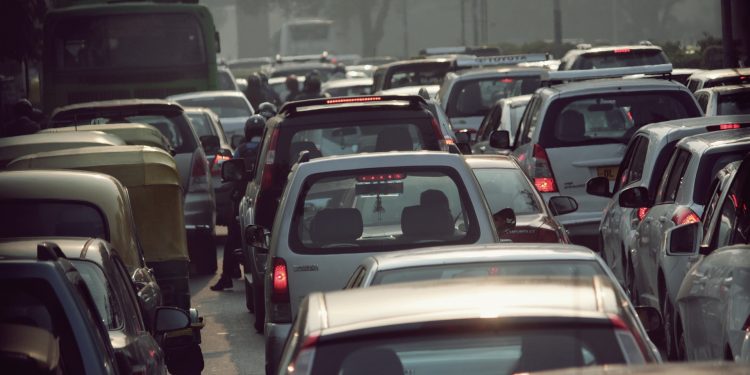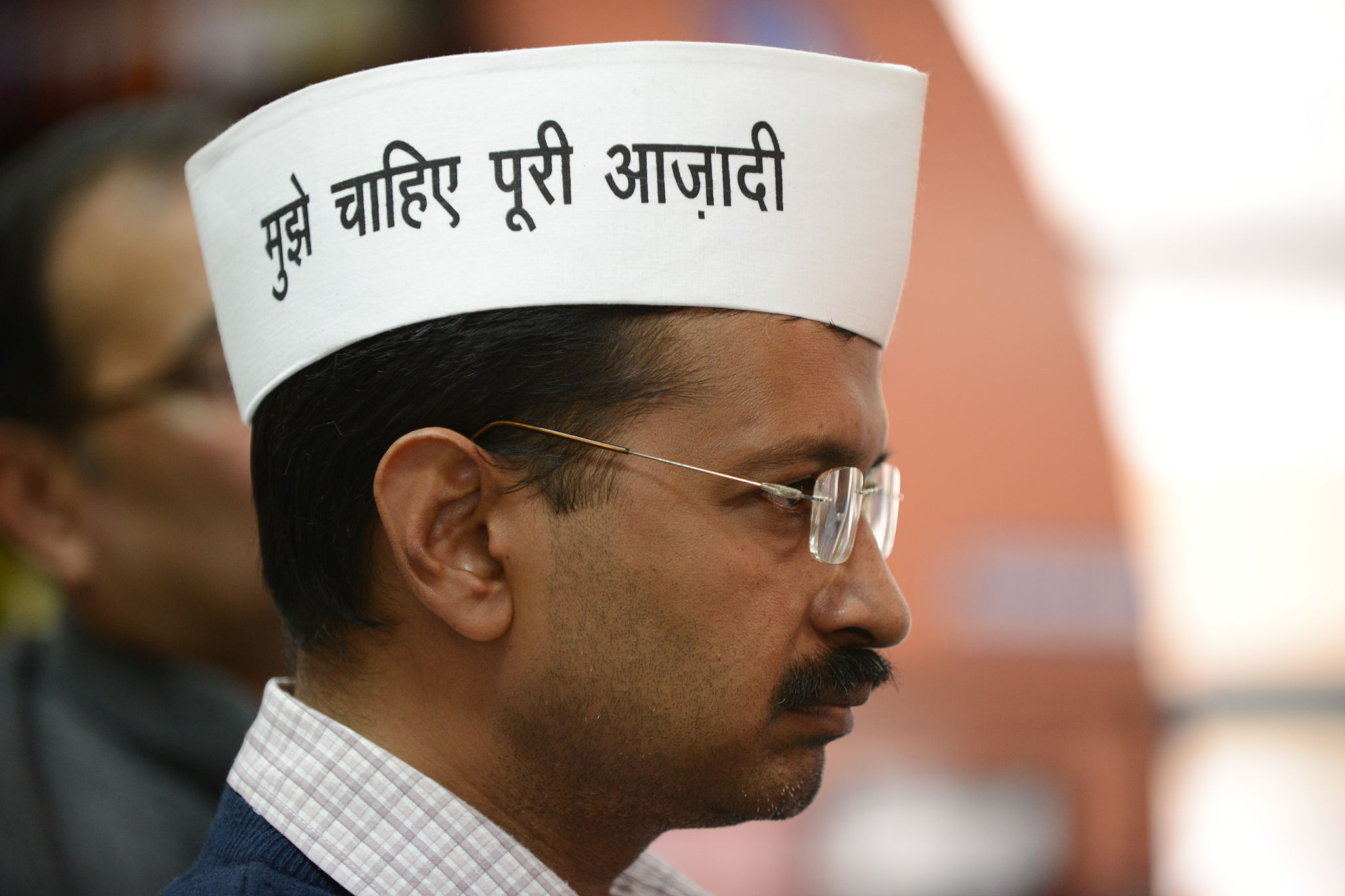The Odd-Even Formula: A Step in the Right Direction?

With less than 2 weeks to go for everyone to start out with their New Year Resolutions, the Delhi Government that has aimed for perhaps the most challenging of resolutions for 2016. The recent declaration of the “odd-even rule” by the CM of Delhi, has been greeted with mixed responses. Still, the State Government has urged the public to try out the rule for 15 days starting from January 1st. If after the trial period, the odd-even system causes too much inconvenience, it would be discontinued.
The Rule
The rule basically states that odd and even car numbers (last digit of the registration numbers), will be allowed to ply on the roads on alternate days; i.e on Mondays, Wednesdays and Fridays, odd car numbers will be allowed and on Tuesdays, Thursdays and Saturdays, the even car numbers will have their go. Sundays have been left out for now. The rule applies only to private cars and not to public transport or emergency vehicles.
Exemptions
Public transport buses, PCR Vans, emergency vehicles, taxis, auto-rickshaws etc. and even two wheelers have been exempted from the use of this rule.
As the news of the rule hit town, soon enough, a panic-struck Delhi started voicing their discomfort and disapproval of Delhi’s new green plan. There were rumours about letting Delhi University students go unchecked. Even, lawyers, tried to find themselves a way, to be counted out of the rule.
Why the need?
The recent studies that showed Delhi to probably the most polluted city in the world, lead the Delhi High Court to direct the Centre and State Government to come up with an action plan to curb the rising pollution in the capital.
In the Paris Climate Conference, India came across as a mediator for environmental change, promising its cooperation in bringing down pollution levels. The current status of the world, post the Paris COP21, is something called ‘CBDR’ Common But Differentiated Responsibilities that implies that the developed nations will be taking on more responsibility than the developing ones, regarding solving environmental issues . Despite this, India seemed determined to curb this problem, or at least to tackle it.
Recent studies recorded extreme levels of pollution in various parts of Delhi, with 4 areas in Delhi being included in the 9 most polluted places in India.
Pollutant markers like PM10 reached as high as 498 (Anand Vihar) and PM2.5 about 450 micrograms/cubic metre (Punjabi Bagh). Considering that the safe levels as per WHO (World Health Organization) is 25 (for PM2.5), it is indeed a cause of great worry for Delhites, for whom it’s almost like living in a gas chamber.
Children, the elderly and the people with respiratory problems like bronchitis or asthma are at high risk. In fact, all in general are at a risk of developing a variety of lung related disorders due to the air pollution in city.
As the number one cause of air pollution in Delhi seems to be vehicular exhaust, something was needed to be done in this sector. Though, other steps have been taken with focus on Energy projects, Slum inspection boards etc. The facilitation of the ‘Swachch Bharat’ mobile application was also one of the many government’s initiatives in order to expedite awareness and quick response to neighbourhood environmental problems.
Trial Period
The Delhi Government has yet, only proposed the rule. It will be forced into action from January 1st. Even then, the system will be given a try for 15 days to see whether or not it is actually effective and acceptable.
Car-free days are being organized occasionally in various parts of the city, since the declaration of the rule. With politicians and bureaucrats joining along in cycling to the workplace, the initiative (on the day and on the stretch of roads that it was implied upon) was reported by the Centre for Science and Environment as influential in bringing down the pollution in the region by a massive 60%.
The other steps that have been taken to synergistically help the plan work include increase in the number of public transport vehicles, increasing the frequency of the metro or maybe the number of coaches in a metro.
The Transport Minister, Gopal Rai, emphasised on the fact that not only will the government levy this rule, but they’ll also make sure, it has all the necessary modifications in adjoining sectors that would help it run smoothly. For example, they plan on redesigning all of Delhi’s roads, widen them, incorporate cycling paths.
The rule, arguably, is still in its beta testing phase with many glitches to be considered.
Reception
Different people are receiving the rule in different ways. For some it’s a huge inconvenience. Someone even filed a PIL in the Delhi High Court on 6th. Yet many are welcoming the green change, willing to try the rule, and coming up with new ideas. In Gurgaon, for example, after various versions of Car-free Tuesdays, some corporate sectors came up with the idea of Customized Shuttle Service.
For some, carpooling seems a welcome opportunity, that’ll enable the employees build better relations.
If, nothing else, these car-free days, awareness campaigns, and the odd-even rule, will at least be influential in spreading awareness amongst the public concerning the dire conditions of the air they breathe in.
Many have been criticising the rule for the lacking foresight, saying that it is near impossible to carry out this plan in Delhi. On top of it, Delhites love cars. Plus with 1400 cars being added to the Delhi roads each day, it is really tough to imagine the government pulling this off.
Many road experts have even predicted, that there is a good chance, the odd-even rule will backfire, and after an initial success , people will just buy more cars ( just as it did in Mexico and other such countries who experimented with it) . Though, the place from where the rule in India drew its inspiration was Beijing. There the law had come into effect during the summer Olympics 2008 in Beijing and was met with much sustained positive response.
Time enough
With just about a fortnight to go for the rule to come into effect, Delhi only has 6200 of the proposed 11000 public transport buses plying through the city.
People haven’t been shy about ridiculing the odd-even formula. It is indeed going to be a mammoth task for the Delhi government, but if the rule does manage to survive through two weeks, it would definitely be a huge step towards a cleaner Delhi.
Desperate times call for desperate measures. We have developed this habit of waiting for the worst to start looming over our heads like a doomsday warning, to finally kick into our action mode. We need to change that. The statistics do claim this to be a desperate time. The odd-even formula is a welcome change. Sure there are glitches and loopholes, but if we all work together, change can be brought about.
Time is less, both for the implementation of the rule, and for the people of this city to be able to breathe in a clean atmosphere.
Let’s just hope it indeed does help in lowering the alarming pollution levels in Delhi, and not become just another passing trend, recorded in history, only by the hashtags on twitter.
[Image attribute: Carlovenson]

